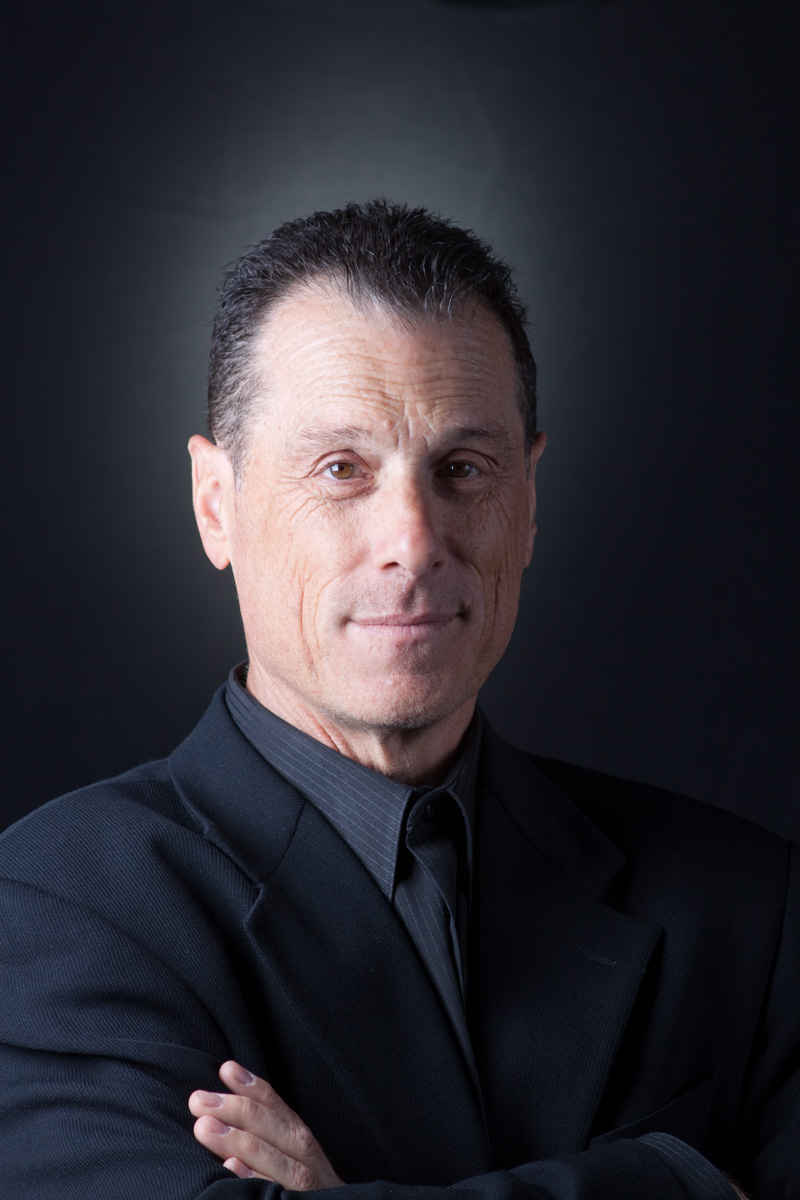 The relationship between “academia” and art is seemingly, forever fraught. Until quite recently, what we call art was historically in service to (depending on the epoch) religion, mythology, class/social strata, storytelling, and then the needs of architecture and all that we find in the functional world.
The relationship between “academia” and art is seemingly, forever fraught. Until quite recently, what we call art was historically in service to (depending on the epoch) religion, mythology, class/social strata, storytelling, and then the needs of architecture and all that we find in the functional world.
In the post WWII era, art schools and MFA programs flourished and offered an array of possibilities for how art might function in the modern era when, suddenly—in the West at least—we had untethered ourselves from tradition and simultaneously plunged into a prolonged period of existential self-examination. Art schools, and especially MFA programs, have created spaces for particularly deep training that ranges from something close to vocational curriculum all the way to the most esoteric applications of creative/progressive thinking about art and its functions. At their best, art schools and MFA programs produce artist/citizens, who can think deeply about both the product of their creative practice and the context into which it may most efficiently and elegantly do its job.
Those of us who teach in academia and such institutions have the opportunity to guide our students toward their own particular light; to coach or nudge them toward examining those parts of themselves where their deepest anxieties may hide. Within such anxieties and deeply held memories and life experience, artists often find a wellspring that leads them to their own truths about art and moves them onto their own unique path into the art world. Witnessing such transformative evolutions is a true gift for any teacher, and, for me, it is what I imagined when I went to Grad school to study art; that somehow, I could merge art and life into a poetic and sustaining whole; teaching and learning simultaneously.
Over the last five years I have written an essay a week about art in the context of larger themes. I undertook that project as I began my duties as Chair of the Art Department. The writing made me aware of many things, the passing of days, seasons, people, milestones, and the never-ending gift of art itself. It seems impossible to get to the bottom of it, however, each attempt opens a door to another intellectual challenge and an invitation to a philosophical discourse with oneself. Today, I am writing my last of these essays as I come to the end of my term in this position. However, I am sure that there will be plenty to do and to think about as we continue to work through the challenges of Covid-19 and to evolve in relation to the new conditions we all must navigate. The artists who have preceded us through the whole of history have taught us how to go on, how to find the way through both darkness and light, and how to create meaningful experiences out of both. The lessons are there for us to glean.
 Now it is Spring and time to plant a new garden. Our students and faculty will continue to evolve and find new ways that art can facilitate our journey through difficult days.
Now it is Spring and time to plant a new garden. Our students and faculty will continue to evolve and find new ways that art can facilitate our journey through difficult days.
I want to thank all my colleagues for their love and generosity and for shepherding our students through their education and on into life beyond academia. I want to thank all of our students for their patience and unbreakable spirit. And I am deeply grateful to everyone, past and present, who supports the UW-Madison Art Department, especially our staff, Julie, Branden, Mary, Peter, Josh, Tim, Shannon and Tina, without whom we would be adrift. Our new Chair in Fall will be Professor Derrick Buisch, who I am sure will continue to challenge us to be the thoughtful and attentive as we continue to move into the future.
Best,
Douglas Rosenberg
Chair, UW-Madison Art Department
